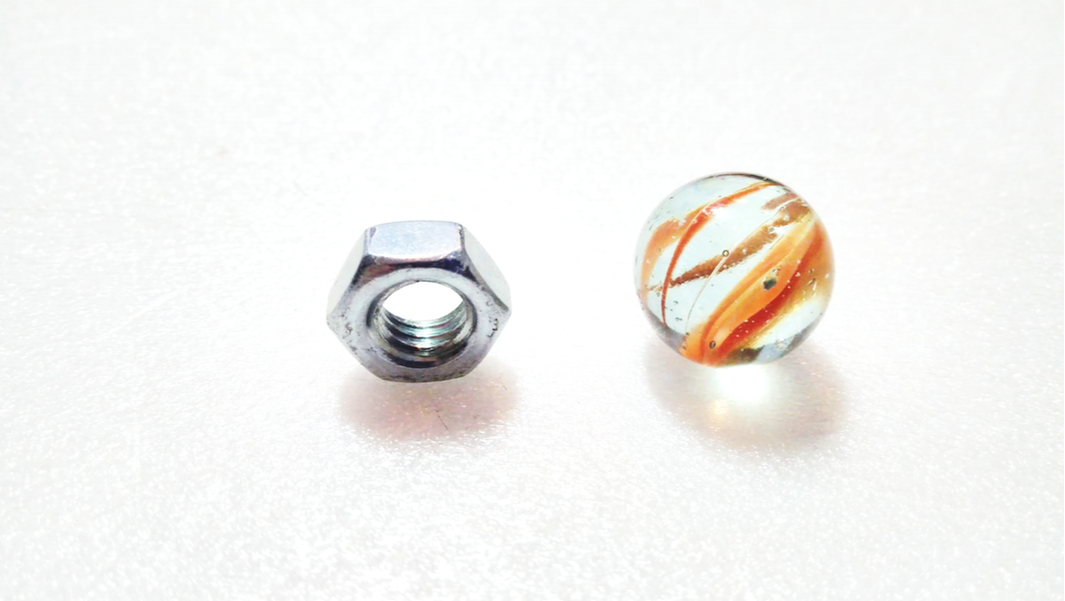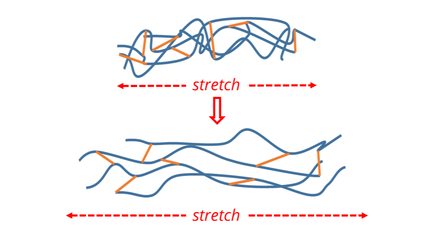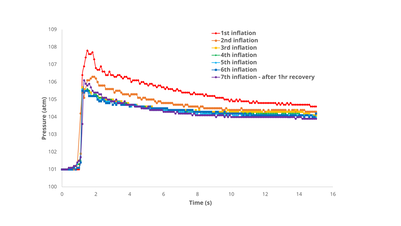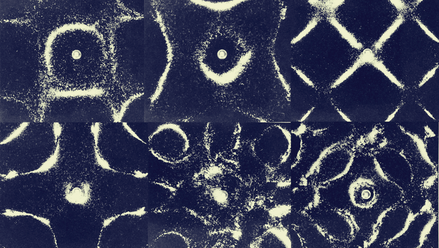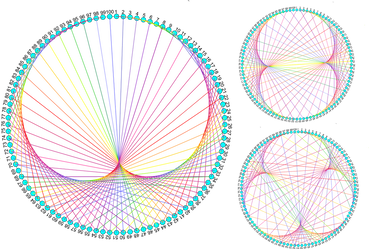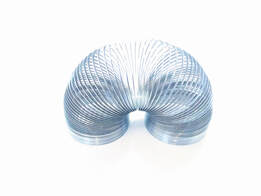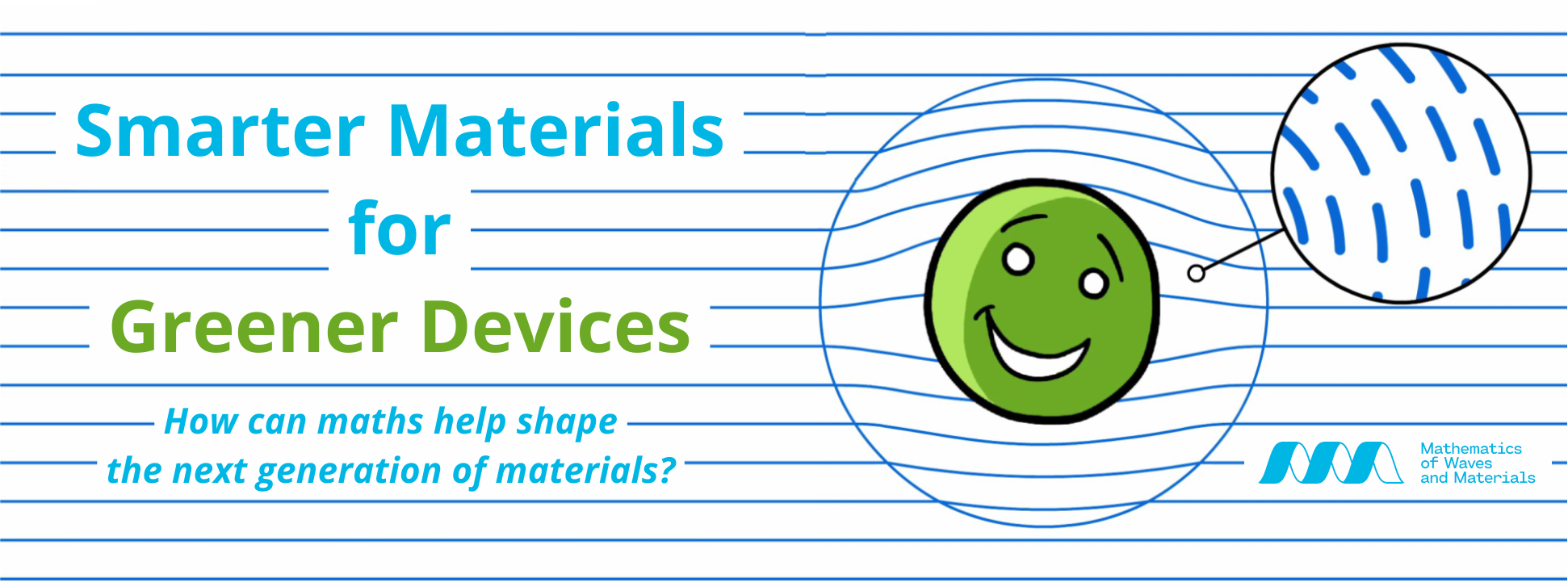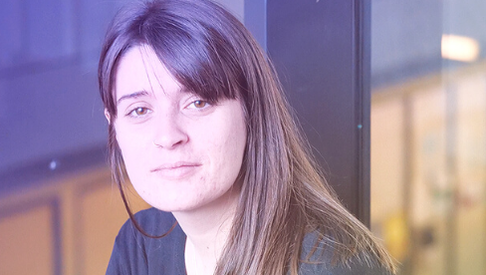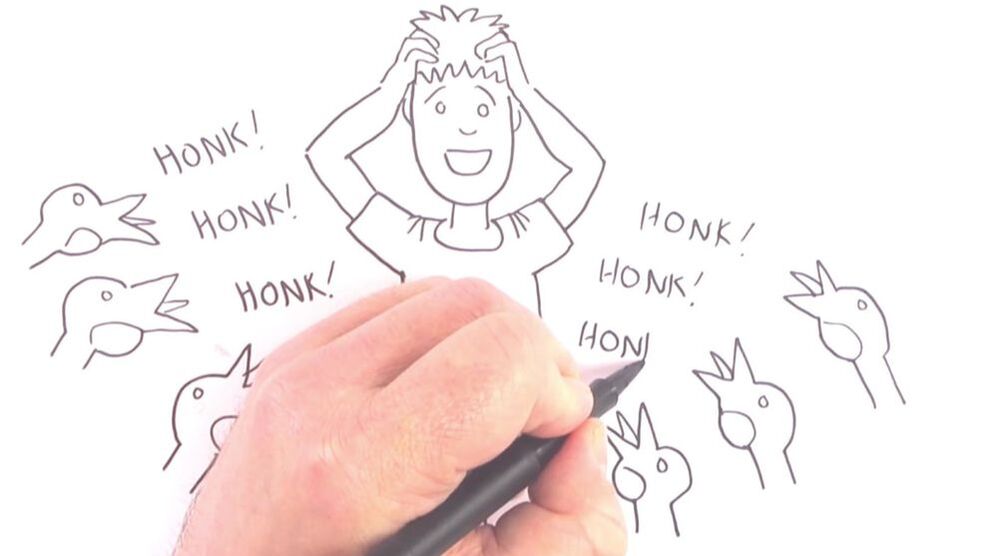Learning Resources and Activities: Secondary |
Find learning resources and fun things to do for Key Stages 3 to 5 (Ages 11-18)
All activities undertaken must be risk assessed. Guidance can be found on the CLEAPSS website.
All activities undertaken must be risk assessed. Guidance can be found on the CLEAPSS website.
|
Key Stages 3 & 4 (CfE 3rd/4th & snr 4) Curriculum links: Waves and Sound Use everyday objects to learn about pitch and amplitude and how they are adapted in musical instruments. These fun activities are suitable for class or STEM club. |
Key Stages 4 (CfE Senior 4 & 5) Curriculum links: Waves and Sound Find out about the types of waves and their properties. Then download the worksheets to practise the key vocabulary. |
|
Key Stages 4 & 5 (CfE Senior 5 & 6) Curriculum links: Material Properties, Forces, Polymers In Part 1 we examine the famous Two Balloon experiment and find out why inflating a balloon is not always easy. |
Key Stages 4 & 5 CfE (Senior 5 & 6) Curriculum links: Material Properties, Forces, Polymers In Part 2 we examine viscoelastic behaviour, how it relates to balloons, and why we research it. |
|
Key Stages 4 & 5 (CfE Senior 5 & 6) Curriculum links: Waves and Sound Find out about resonance and standing waves and try out some experiments that explore them. |
Key Stages 2 to 4 (CfE 2nd +) Curriculum links: Mathematics: multiplication, number and place value, geometry, working mathematically Use mathematical mapping to create beautiful curved shapes. |
|
Try our fun investigations for KS3, with videos and experiment booklet
Curriculum links: Working Scientifically, Motion and Forces, Waves and Sound, Energy in Matter
|
|
|
|
|
|
|
|
|
Key Stage 4 and 5 (CfE Senior 5 & 6) Meet our PhD students and find out about their research. |
Key Stage 4 and 5 (CfE Senior 5 & 6) Learn about our research with these short illustrated videos. |
